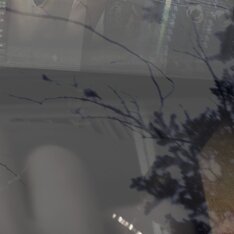
introduction -
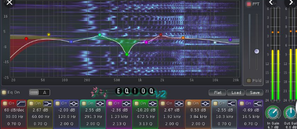
EQ
So how do you apply the EQ anyways?
Dynamics
Colour
Yeah, I'm making this last part up as I go. essentially adding colour to a track, is to change it's sonic characteristics in a very broad, Undefined way. Imagine adding a layer of saturation to your overall mix to help blend it together. Imagine adding some reverb to your guitar and vocals to put them in the same 'space.' Using some amp-simulation, re-amping, using guitar plugins. are you duplicating that guitar or vocal track and adding some sonic characteristics?, If you're doing this you're changing the 'colour of your sound.' There are an unlimited number of things you can do with the concept of colour. It depends what you're trying to do with your song. Don't know what you're trying to do? Click hereWe're forming a new community of like-minded musicians.
|
Gene Media ProductionsCody Gene: Record Producer Music Methodology & Creative Lifestyle
#
All
Archives
April 2024
|
Categories
|
AboutGene Media Creative Studio is the Production Facility of Indie-Rock producer and songwriter Cody Gene.
|

Gene Media Creative Studio is located in British Columbia, Canada and creative Cody's creative space. here he explores ideas, creative vision, and technical aspects of independent music production + artist development.
|
Contact |

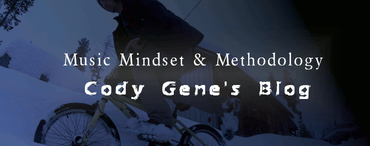

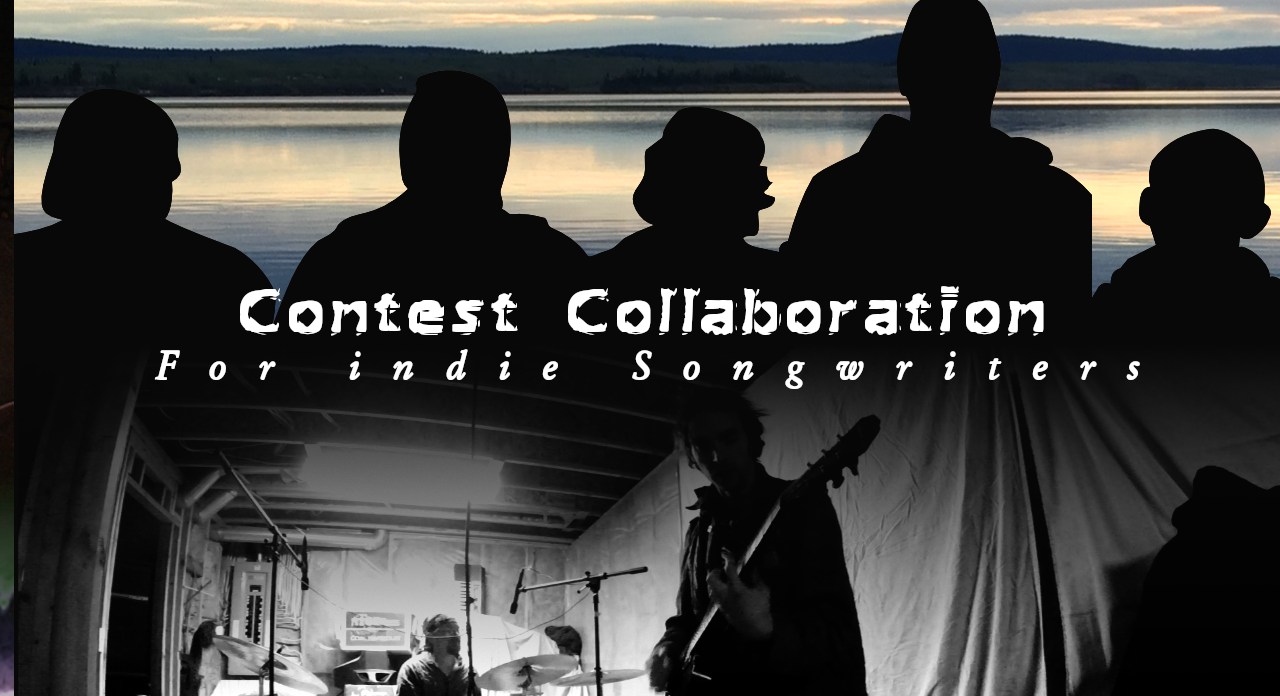
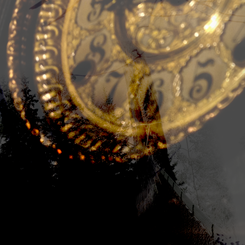
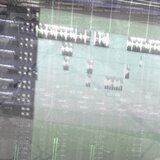

 RSS Feed
RSS Feed